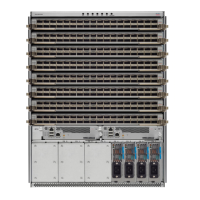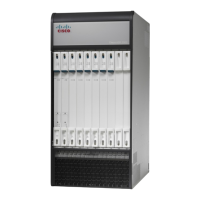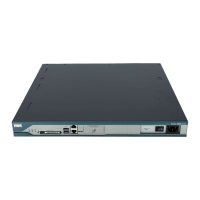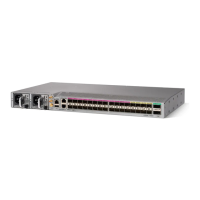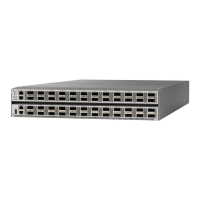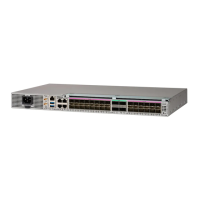In the following figure, switch 1 has VSANs 1 through 5, switch 2 has VSANs 1 through 3, and switch 3 has
VSANs 1, 2, 4, and 5 with a default configuration of trunk-allowed VSANs. All VSANs configured in all
three switches are allowed-active. However, only the common set of allowed-active VSANs at the ends of
the ISL become operational as shown in below.
Figure 18: Default Allowed-Active VSAN Configuration
You can configure a selected set of VSANs (from the allowed-active list) to control access to the VSANs
specified in a trunking ISL.
Using the figure above as an example, you can configure the list of allowed VSANs on a per-interface basis
(see the following figure). For example, if VSANs 2 and 4 are removed from the allowed VSAN list of ISLs
connecting to switch 1, the operational allowed list of VSANs for each ISL would be as follows:
•
The ISL between switch 1 and switch 2 includes VSAN 1 and VSAN 3.
•
The ISL between switch 2 and switch 3 includes VSAN 1 and VSAN 2.
•
The ISL between switch 3 and switch 1 includes VSAN 1, 2, and 5.
Cisco Nexus 5500 Series NX-OS SAN Switching Configuration Guide, Release 7.x
88 OL-30895-01
Configuring VSAN Trunking
Configuring VSAN Trunking

